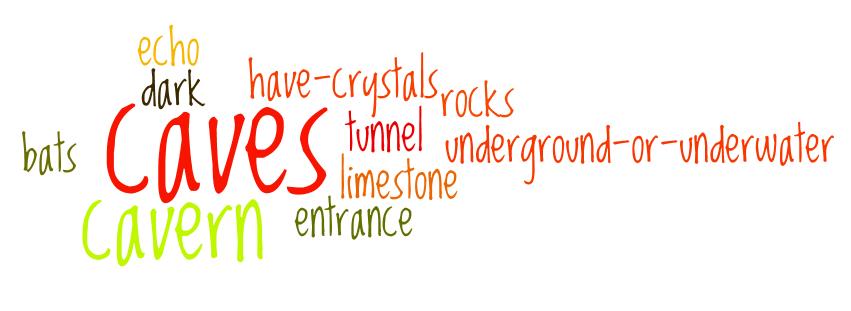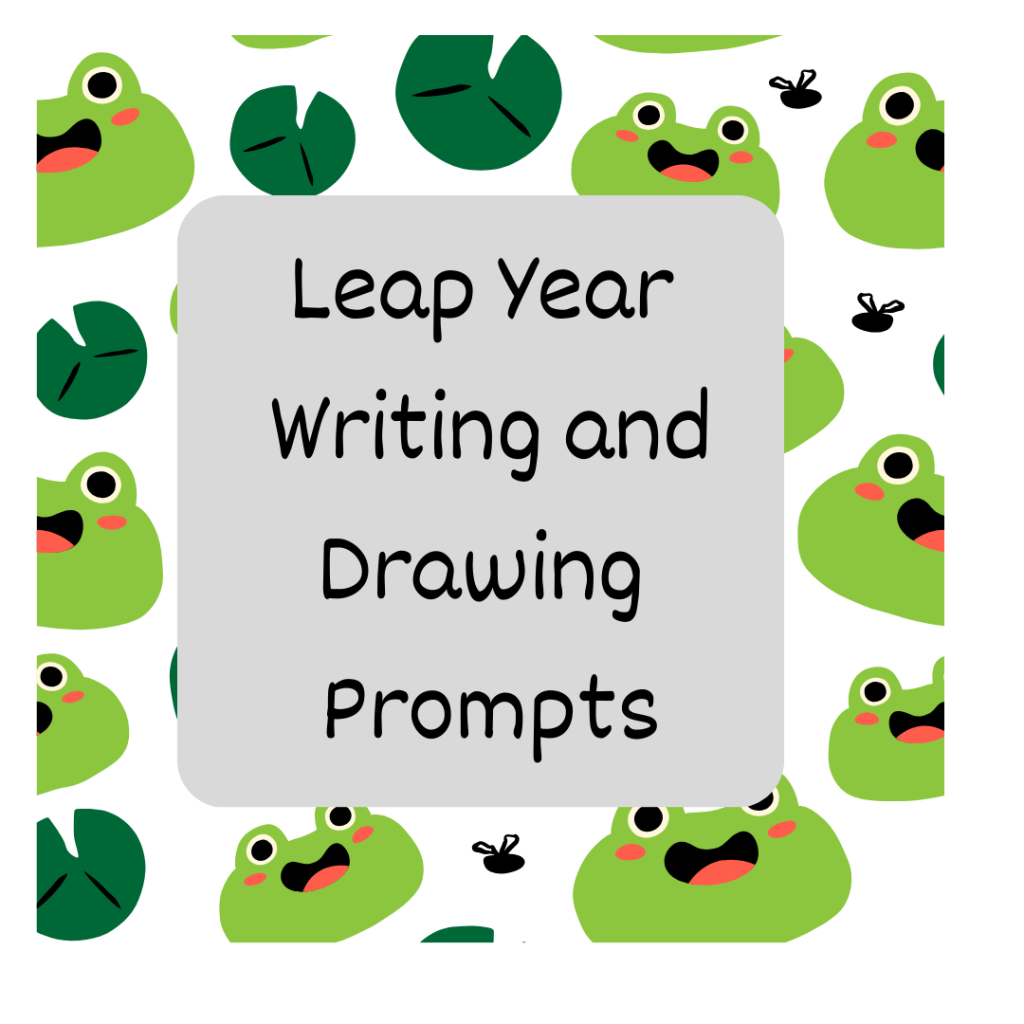Cave Unit Study

In preparation for our field trip to The Lost Sea this week we’re studying all about caves! First up was a “what do we know about caves?” brainstorming activity. Brainstorming is not a very popular activity around here for some reason. It seems to go much smoother when we use www.wordle.net and I do the typing of the ideas. Then we tinkered with the design of our wordle until everyone liked it and came up with the image above. (Our wordle is saved online here.)
Our main text for this Caves Unit Study is from the USGS and is designed for grades K-3 (get it here). It’s a tremendous resource and the story is very engaging for my kids who love reading adventures and mysteries. It is very text-heavy so I transferred the pdfs to my iPad and am reading them to the kids. At certain points I’ll stop and ask them to predict what might happen next. We covered lessons 1 & 2 on the first day, using some, but not all, of the suggested follow-up activities. We created a 3-part foldable to remember the differences between troglobites, trogloxenes, and troglophiles. We also started decorating lapbooks for the unit.
Day 2 I have planned to help my mom around her house so I’ve got some independent work for the kids lined up for after we read lesson 3 together. Today is all about bats! After reading the story we’ll practice Spanish directional words together with this little book from TPT. Then we’ll review what we learned yesterday about water creating caves through erosion with this fun activity using sugar cubes and clay. (Original link no longer working. This activity from the American Chemical Society is very similar to what we did.)
EDIT 5-1-13 – We actually changed this experiment up a bit. I demoed wrapping the sugar in the clay and each of the kids then made their own, so we ended up with 3 “caves”. We applied water to the sugar in different ways to see how different conditions would affect the rate of erosion. Cave 1 was placed in a shallow bowl of water to simulate a cave lake. Cave 2 was misted with water to simulate slow erosion from rain water. Cave 3 had water poured directly onto the sugar to simulate a continuous flowing river.
For independent work I’ve printed out copies of the non-fiction selection “Joni Adapts to the Dark” from the USGS lesson 3 pdf and a non-fiction response page from this packet. I’ve also printed the poetry strips for this cute little bat poem, a bat can-have-are foldable & question sheet, and this In the Cave subtraction activity they can do together (with Skittles!) Day 3 will be our field trip to the Lost Sea! Lesson 4 deals with stalactites and stalagmites. We’ll try this experiment from TLC’s How Stuff Works to create our own versions. We’ll also talk about cave preservation and why caves are important and do a writing activity about our field trip. Lesson 5 talks about cave paintings, which goes really well with the Native American studies we did last week & the first part of this week. We’ll look at images of cave paintings and then create our own “cave” paintings on the huge rocks in our backyard using chalk and inspiration from the symbol worksheets here.





